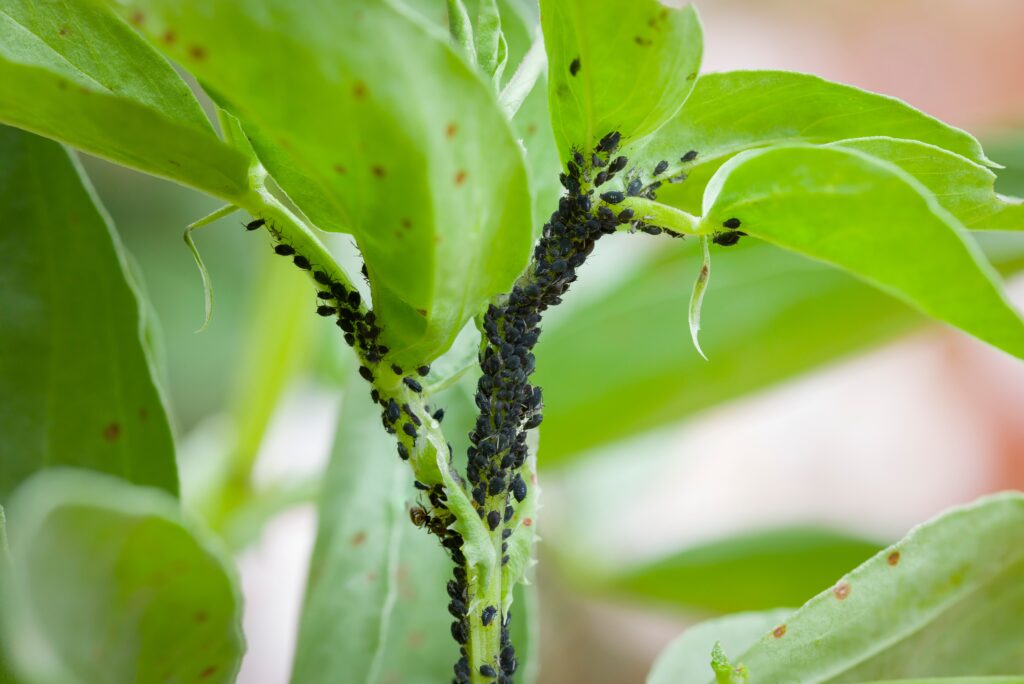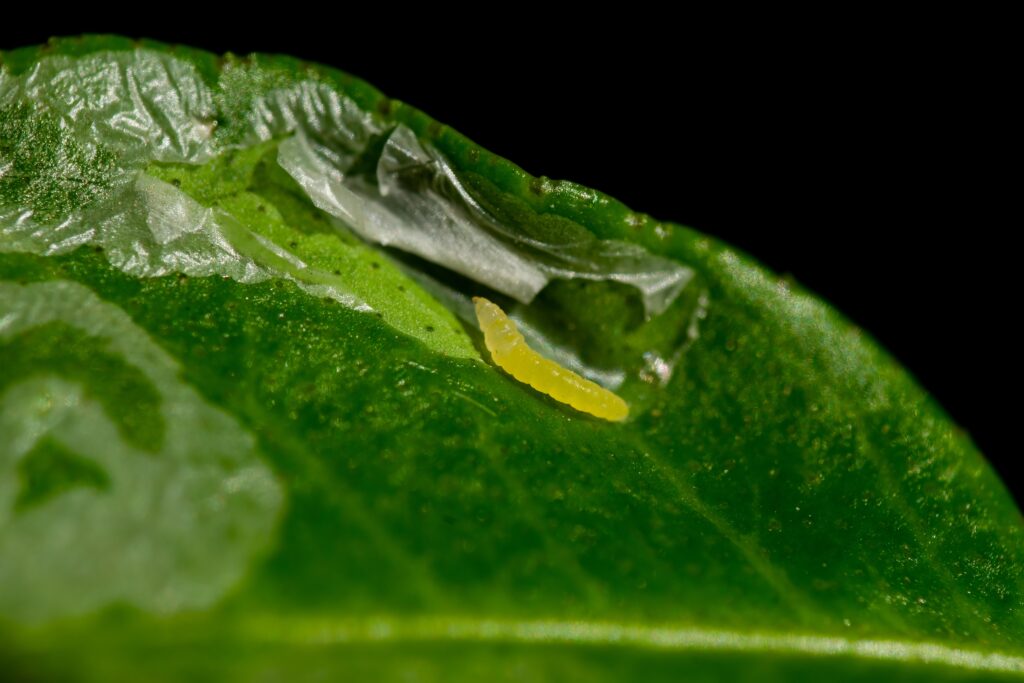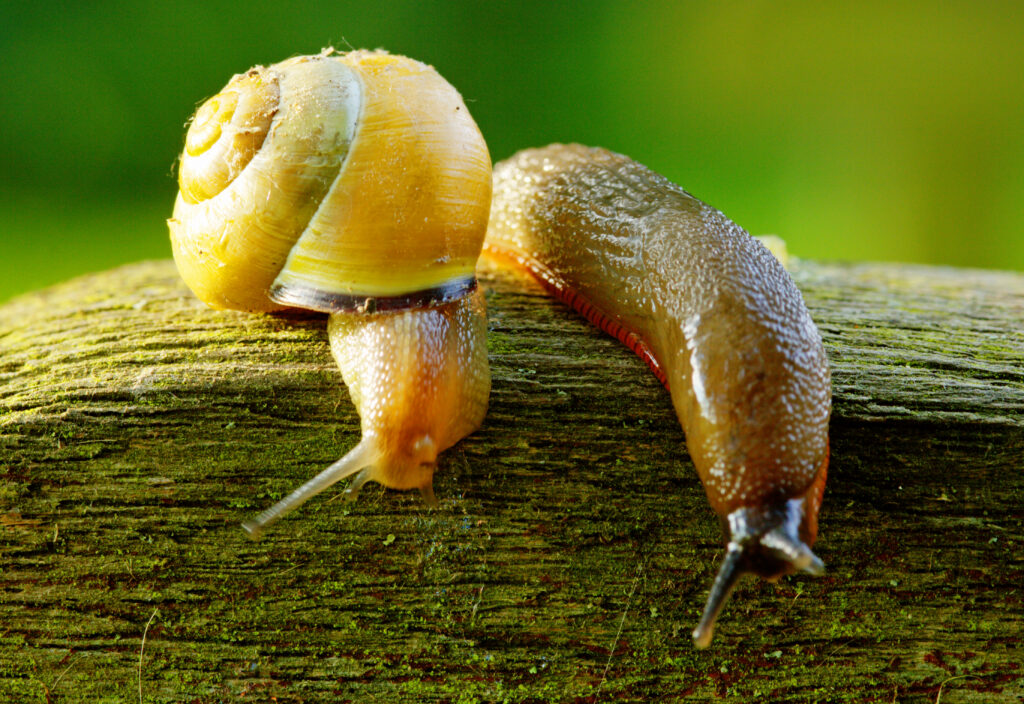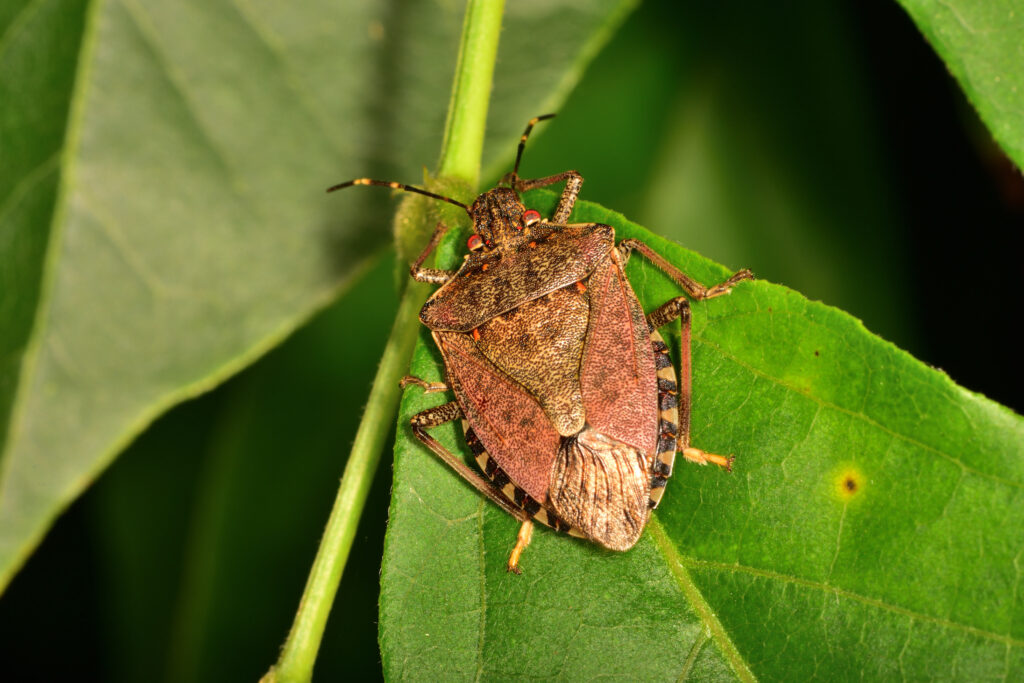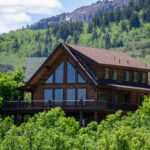One of the best parts of spring — besides finally putting our winter coats into storage — is seeing our neighbor’s flower gardens bloom in the constant sunlight. From hydrangeas to peonies, there are all kinds of flowers that thrive in the cool climate of the Pacific Northwest. But where there are flowering plants, there are hungry pests ready to add these flowers to their diets. It’s essential to stay vigilant against these pests, so let’s talk about the typical signs of a garden pest invasion before discussing the 5 frequent plant-destroyers in our region.
Signs Of Problematic Pests
Since garden pests are discreet when they feed, it can be difficult to tell if you have an infestation until it’s too late. It’s frustrating, but it is important to solve an invasion in the early stages because infested plants die after pests feed for a long time.
The general signs of a garden pest invasion are:
- Wilting leaves
- Stunted plant growth
- Twisting or curling of the leaves
- Chewed edges on leaves or flowers
- Honeydew spots (from aphids) on leaves
- Sooty mold on leaves
- Stripped branches
- Mottling leaves
- Leaf loss
- Jagged holes in leaves or flowers
Each pest brings their own special type of destruction, but these signs give you an idea of what to look for when you’re in the garden. While you’re there, you might see one of these voracious eaters among the flowers — but we hope you don’t.
Aphids
If you’ve done any kind of research on garden pests, you’ve heard all about aphids by now. That’s because these soft-bodied pests are infamous pests across the country. Aphids gather together on the underside of leaves, stems, and buds. Most of them don’t have wings, so they stay on the same plant their entire lives unless a different insect moves them. Ants actually farm aphids by moving the green bugs to different plants in a garden with the hopes of gaining more of that sweet honeydew.
Honeydew is an excretion that aphids produce on leaves while they feed. Ants love honeydew as a food source, but if the honeydew is left on the leaves for too long, it’ll develop sooty mold that harms the plant. Aphids aren’t very friendly to plants themselves, since these pests relentlessly feed on the vital sap in a plant’s leaves and stems. If a plant is covered with hungry aphids, it will eventually die from the loss of its sap. The easiest way to remove aphids is to dislodge them with a burst of cold water from the hose.
Cabbageworms
Cabbageworms (unfortunately) don’t get to keep their fun names forever since they are the larval stage of a white butterfly known as Pieris rapae. Also called cabbage moth caterpillars, cabbageworms eat a variety of garden plants. They favor plants in the brassica family, and they are often found chowing down on broccoli, cabbage, kale, collards, and cauliflower. Caterpillars generally want to “fatten up” before making their cocoons, so cabbageworms don’t limit their food intake at all.
Since they hide on the underside of leaves, cabbageworms can avoid detection throughout growing season. They’re green with light-colored stripes, and there can be multiple generations born in a year if the weather is warm enough. Their legs are white or yellow and placed directly on the leaves of the plant they’re eating. If you find any cabbageworms on your plants, simply pluck them off by hand to remove them from the scene.
Leaf Miners
This may be one of the most interesting garden pests out there — and believe us, there’s some strange critters in Northwestern gardens. Leaf miners attack plants a bit differently by chewing the leaves from the inside out. They burrow into their host leaves by chewing tunnels from the inside, which kills the plant tissue. You will know if your pest problem is the work of a leaf miner if the leaves have random patches of dead tissue.
The name “leaf miners” technically applies to the larvae of multiple types of insects. Certain wasp, fly, and moth larvae (all looking like maggots) fall under this category. The most common types of leaf miners in the Pacific Northwest are beet leaf miners and spinach leaf miners. These types attack the leaves of their titular plants, but leaf miners don’t discriminate against garden plants. They are immune to basic pesticide sprays because they hide inside the leaves, so you’ll need targeted treatments for leaf miners.
Slugs & Snails
These pests may be slow, but their insatiable appetites make them one of the worst garden pests ever! Slugs and snails run (or crawl) rampant in the Pacific Northwest because of the cool, rainy conditions in the region. They both need to avoid the sun and stay in damp environments as much as possible to retain their slimy mucus. This substance protects their foot as they travel on the soil, munching on leaves along the way.
Snails and slugs feed from the evening to early morning in order to avoid detection and stay cool. During the day, they hide under organic debris found in the garden, such as overgrown weeds and leaf litter. Since they eat so much, these pests easily destroy the young plants they favor. The eggs that they lay near plants will hatch in warm weather, which is why we see more of them in spring. Snails and slugs both transmit parasites to plants, so it’s best to pick them off by hand whenever you see one in your garden.
Stink Bugs
The smelliest pests of them all, brown marmorated stink bugs make themselves known this time of year. They hide in warm shelters — like the wall voids of a nearby house — throughout fall and winter, then emerge ready to eat our plants in the spring. These stink bugs are about 5/8 of an inch long and have dark brown patterns around the edge of their backs. Brown marmorated stink bugs lay their eggs on the undersides of leaves, so check your leaves for any tiny eggs in the warmer months.
Stink bugs start feeding in the spring, but they really pick up speed in the summer once their energy spikes with the high temperatures. Their diet usually consists of fruits, vegetables, and flowers. The quality of any plants they eat immediately drops since the crops are contaminated and the flowers can’t make a comeback. Ornamental flowers are one of the most impacted plants in a typical garden, so keep an eye out for any dark bugs on these kinds. If you have snapdragons, look at the seed pods: brown marmorated stink bugs love these!
Protect Your Garden With Pointe!
Gardens are the decorative focal points of any yard, but that just makes any pest damage that much more apparent. At Pointe Pest Control, we leave no stone unturned in our quest to keep pests out of local homes and businesses. Our licensed technicians solve each pest problem with a tried-and-true process of inspections, customized plans, and targeted treatments. We are here to help you every step of the way, and there is no question or concern too strange for us to address. Contact us today for a free quote on the most reliable pest control services in the Pacific Northwest!
Citations
Garden pests of the Pacific Northwest. (2024, February). Lonely Pines Farm. Retrieved April 29, 2024, from https://www.lonelypinesfarm.com/garden-pests-of-the-pacific-northwest/
How to identify and control four common garden pests of the Pacific Northwest. (2017, June 29). Northwest Edible Life. Retrieved April 29, 2024, from https://nwedible.com/identify-and-control-common-garden-pests/
Slugs & snail control. (n.d.). Portland Nursery. Retrieved April 29, 2024, from https://www.portlandnursery.com/garden-pests/slugs-snails
Stink bug control. (n.d.). Portland Nursery. Retrieved April 29, 2024, from https://www.portlandnursery.com/garden-pests/stinkbugs

